In architecture, light can be more than illumination; it serves as a fundamental design material. Whether natural or artificial, light shapes our perception of space, texture, and atmosphere. Equally important is the interplay with shadow, which adds depth, emotion, and rhythm to architectural experiences. Material selection can partner with light, activating spaces through texture, transparency, and tone.
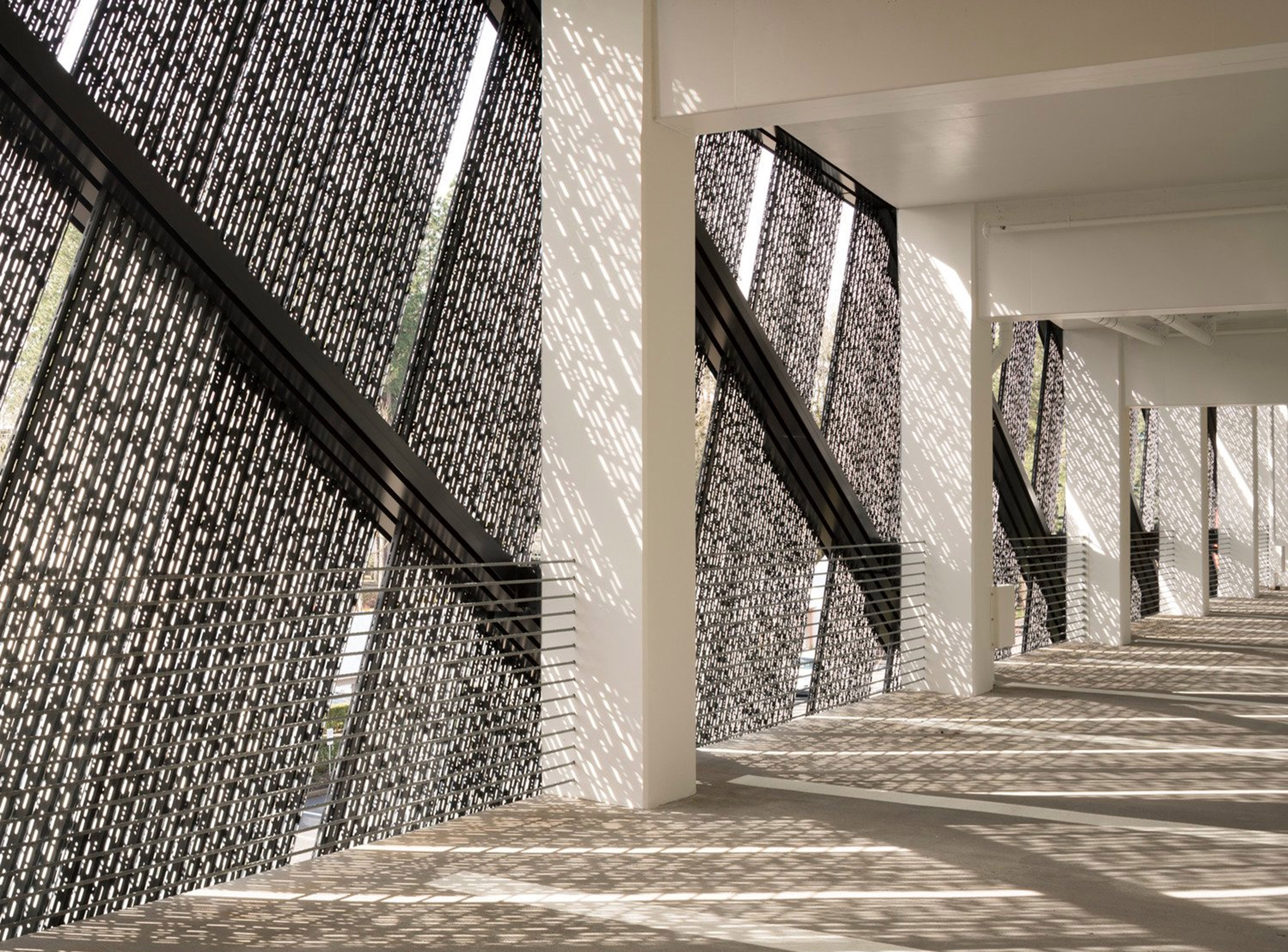
Light and Shadow as Sculptors of Space
Every beam of light casts a shadow. Together, light and shadow define contrast, emphasize form, and reveal materiality. In minimalist architecture, shadows introduce movement and complexity, while in expressive environments, they create drama and focus. By intentionally designing for both light and shadow, architects can choreograph how a space feels over time—from the golden hour glow on a perforated façade to the dappled shade beneath an expanded mesh canopy.
Expanded mesh and perforated panels are crafted to interact with light and shadow at every scale. The orientation of the mesh, the geometry of perforations, and the material finish all influence how light behaves, diffusing, filtering, or framing it across surfaces.
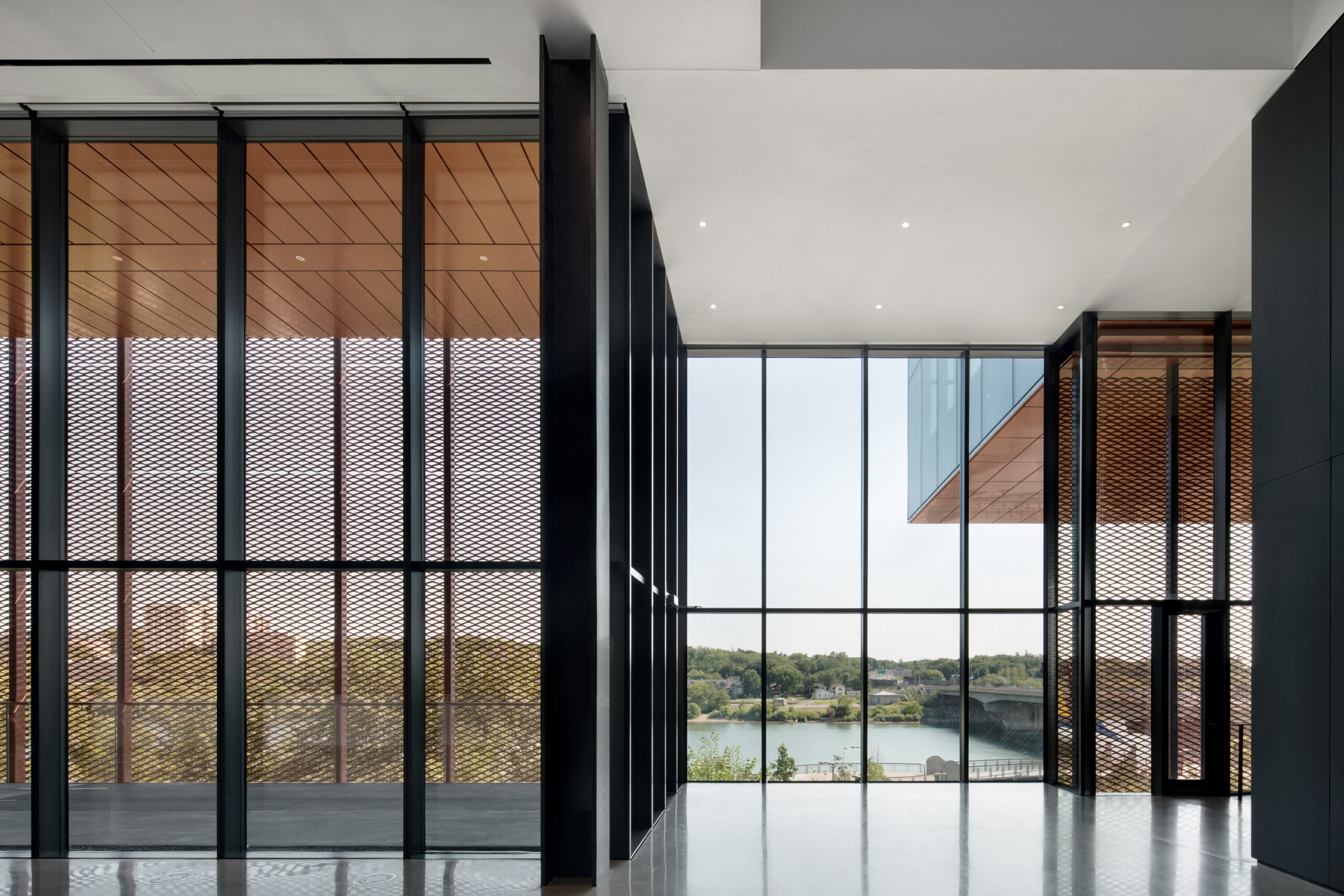
Architectural Materials that Invite Light
Expanded mesh offers a unique duality; it can appear open from one angle and opaque from another. This variability creates dynamic light effects that change throughout the day and shift based on the viewer’s vantage point.
Perforated metal panels also provide a wide range of light control. With many design variables, including hole sizes, spacing, alignment, and patterns, designers can fine-tune the transparency and guide reflectivity of a surface by selecting the finish.
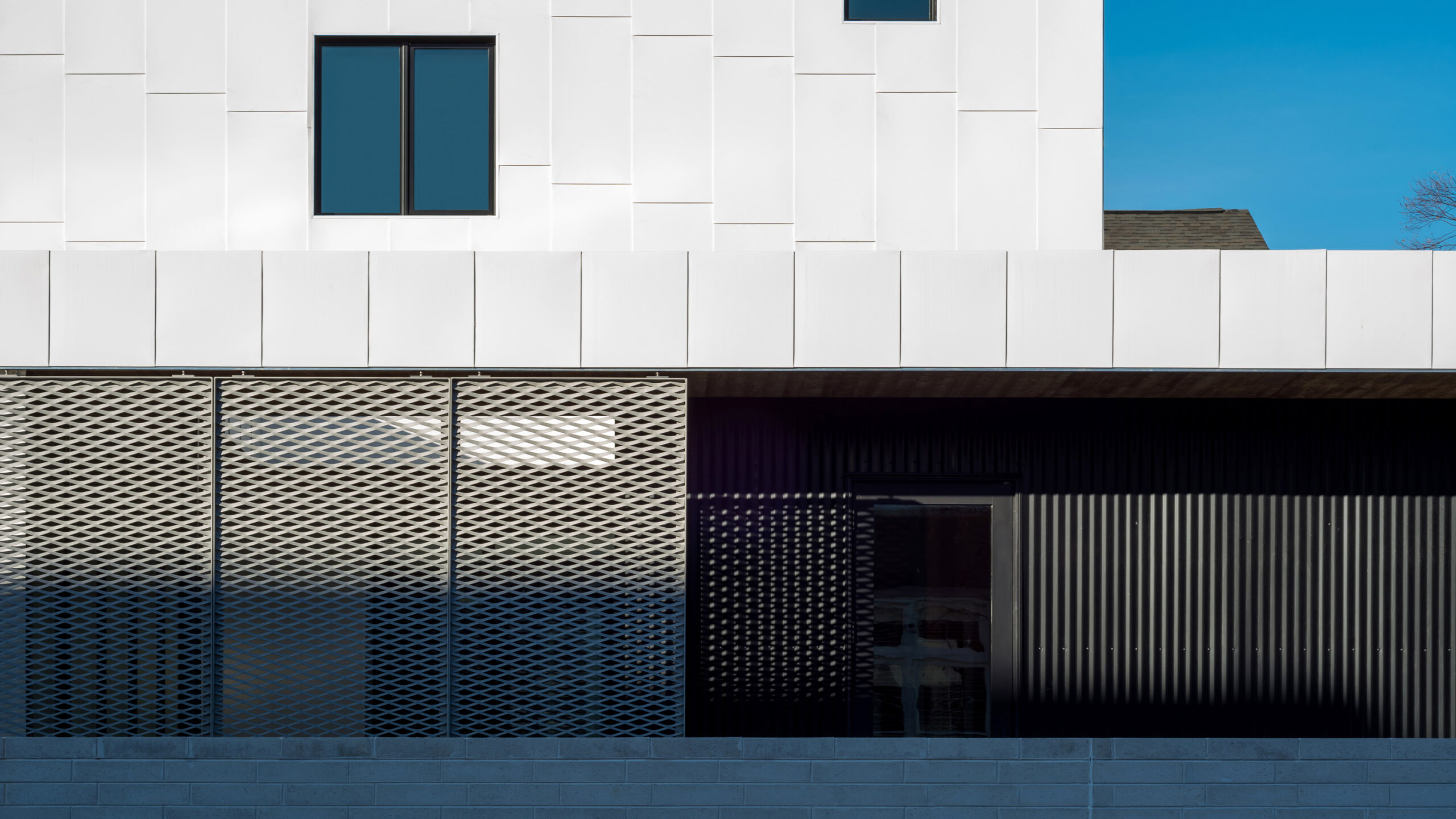
Beyond Aesthetics: Light as a Sustainable Strategy
Designing with light also aligns with sustainability goals. AMICO’s perforated and expanded metal systems can serve as passive sun-shading elements, reducing solar heat gain and glare while still allowing daylight to filter through. These systems contribute not only to occupant comfort and wellness but also support energy efficiency goals and LEED strategies. Additionally, these passive sunshades can open up possibilities for greater window coverage and a more equitable distribution of natural light.
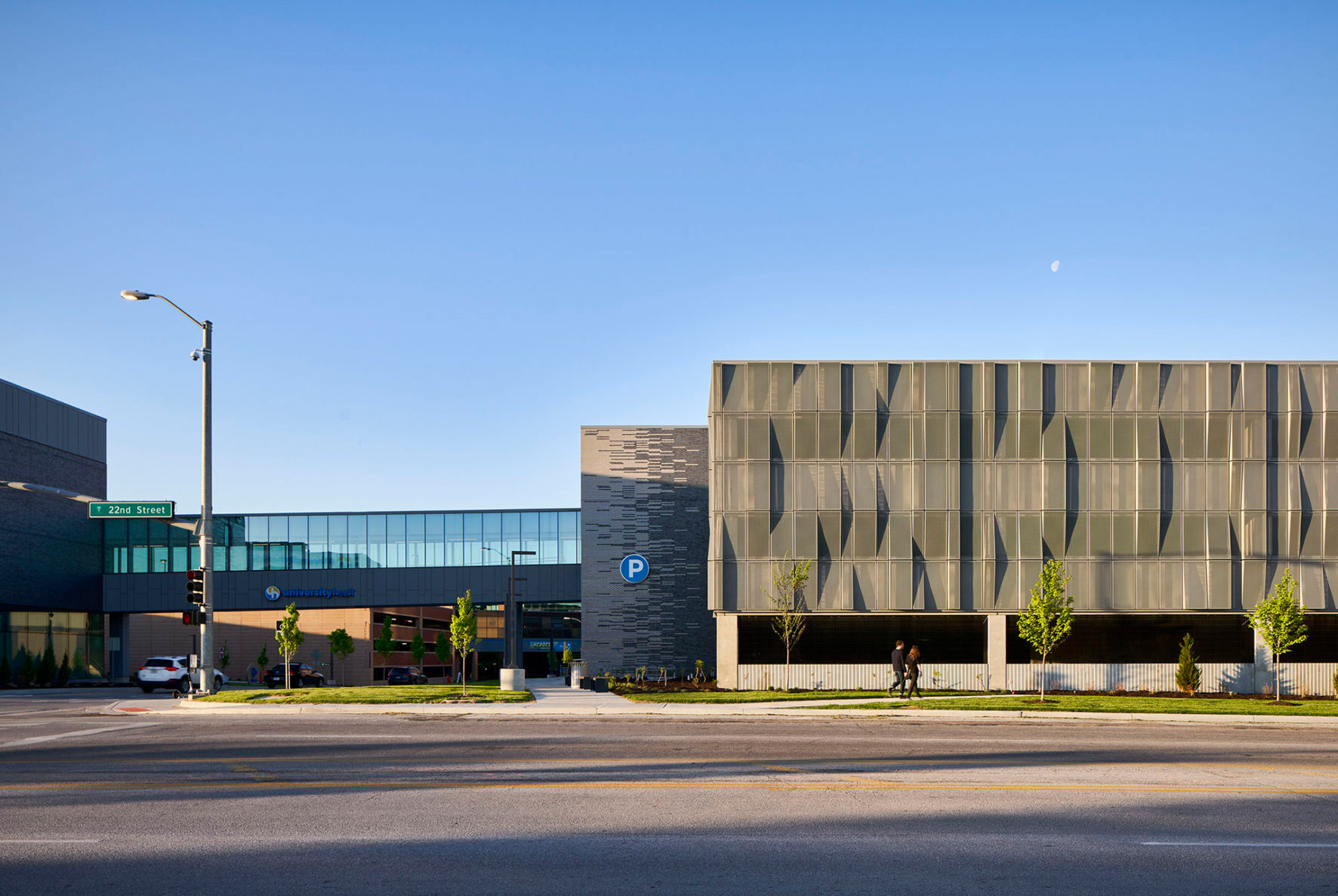
Let Architecture Recede
One of the most powerful lessons in designing with light and shadow is the importance of restraint. When architecture takes a step back, light becomes the focus. Expanded mesh and perforated materials are designed to support this philosophy—functional, beautiful, and never overpowering. Whether casting bold silhouettes on a building’s façade or creating a subtle, glowing rhythm across an interior wall, these materials allow light to lead the way.
More Inspiration
To find more inspiration around the ideas of light and shadow with architecture, check out this video:
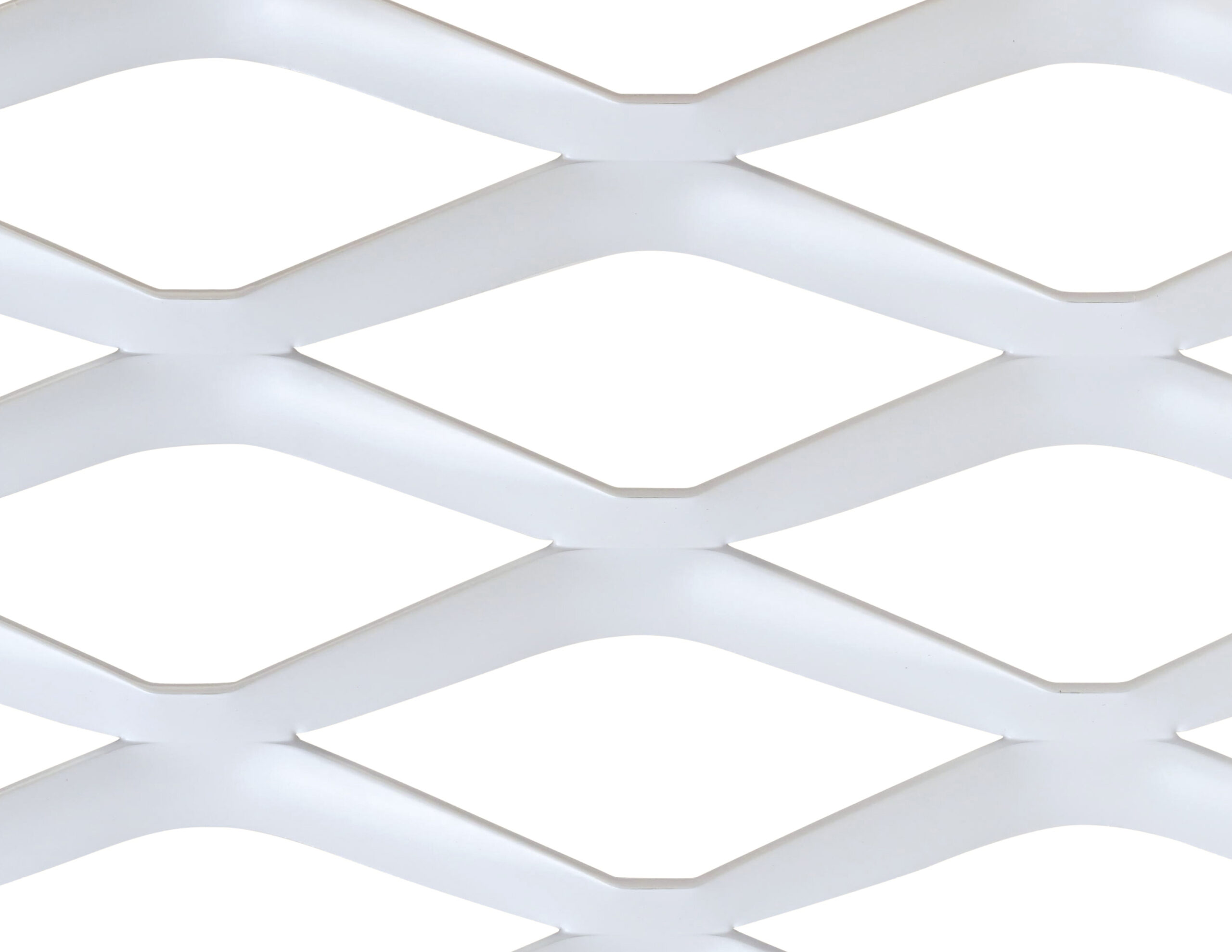
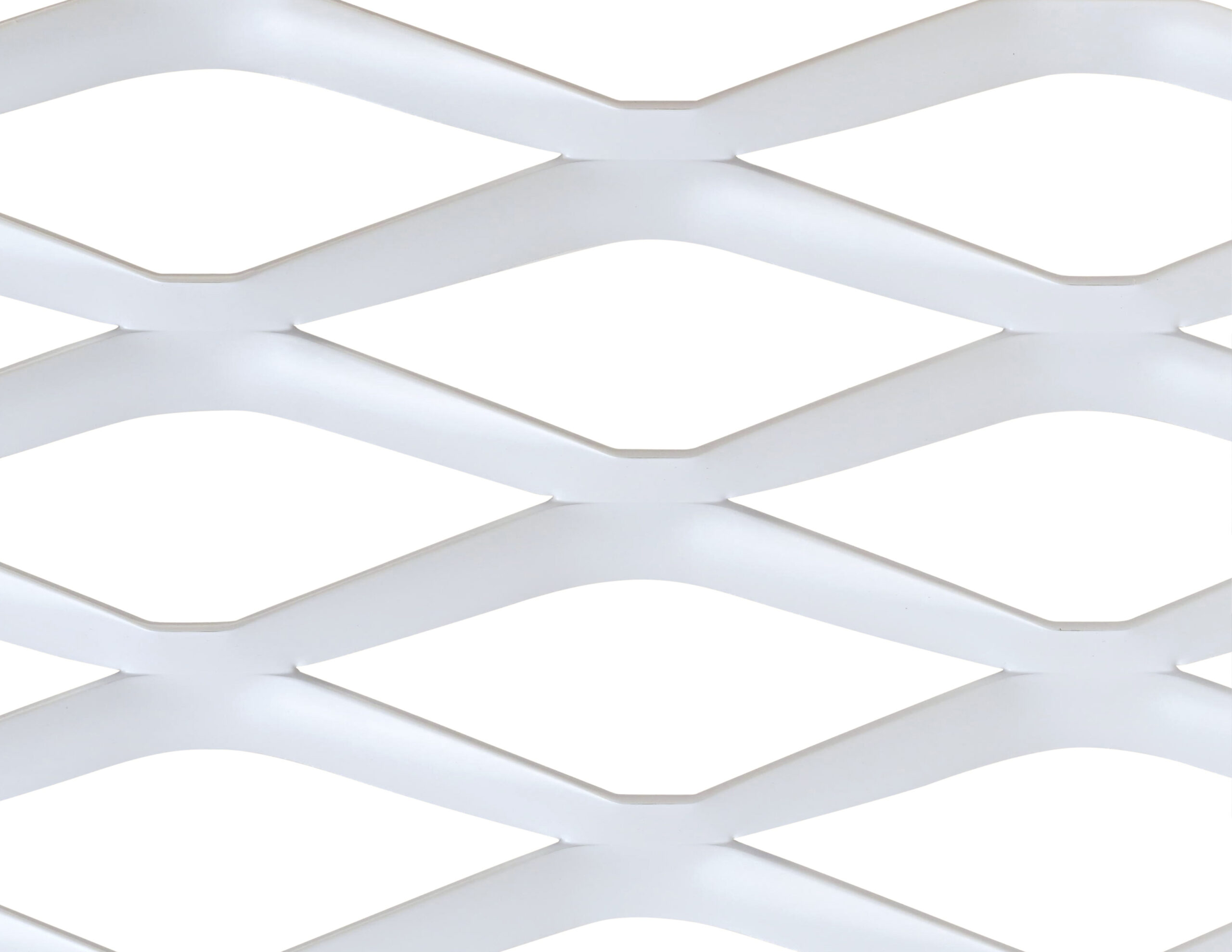
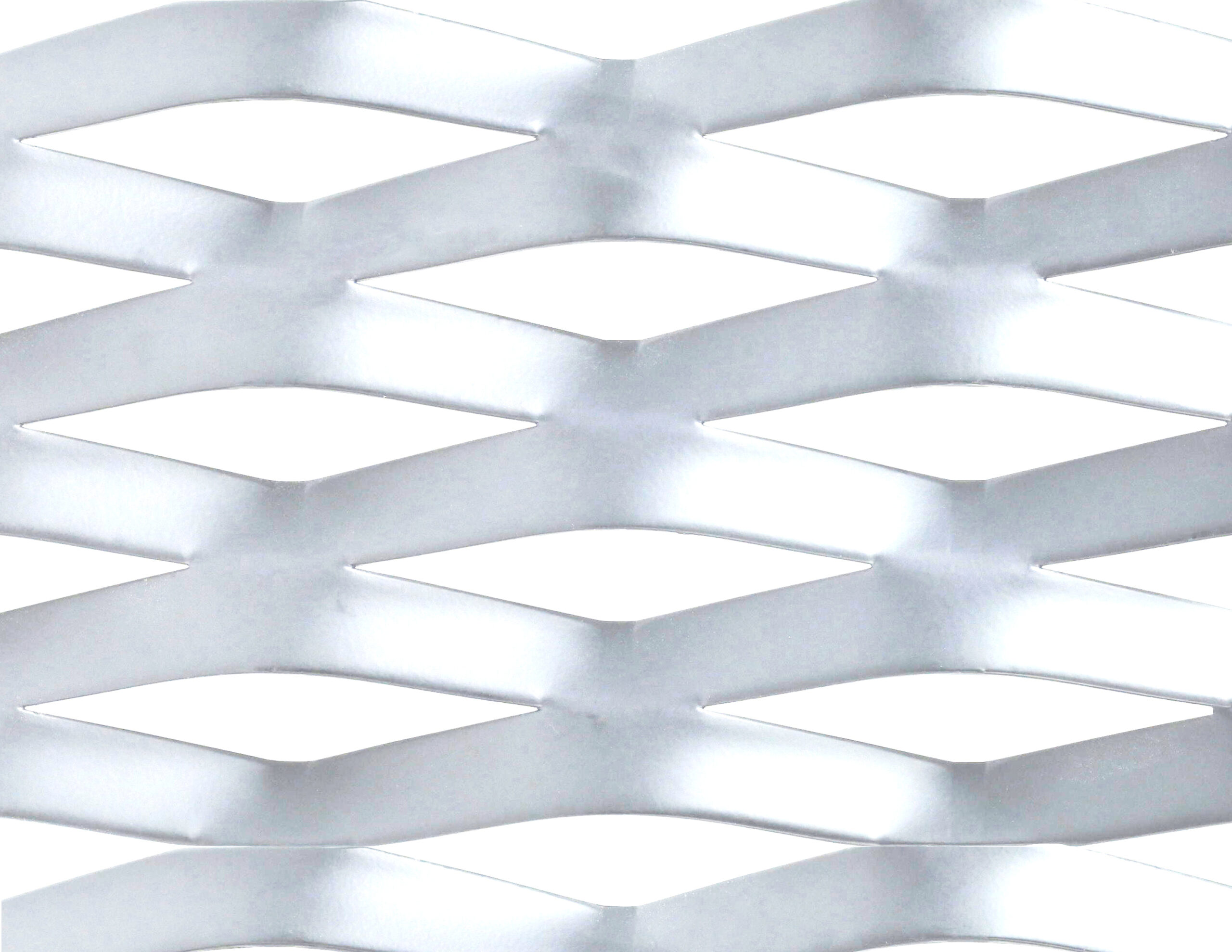
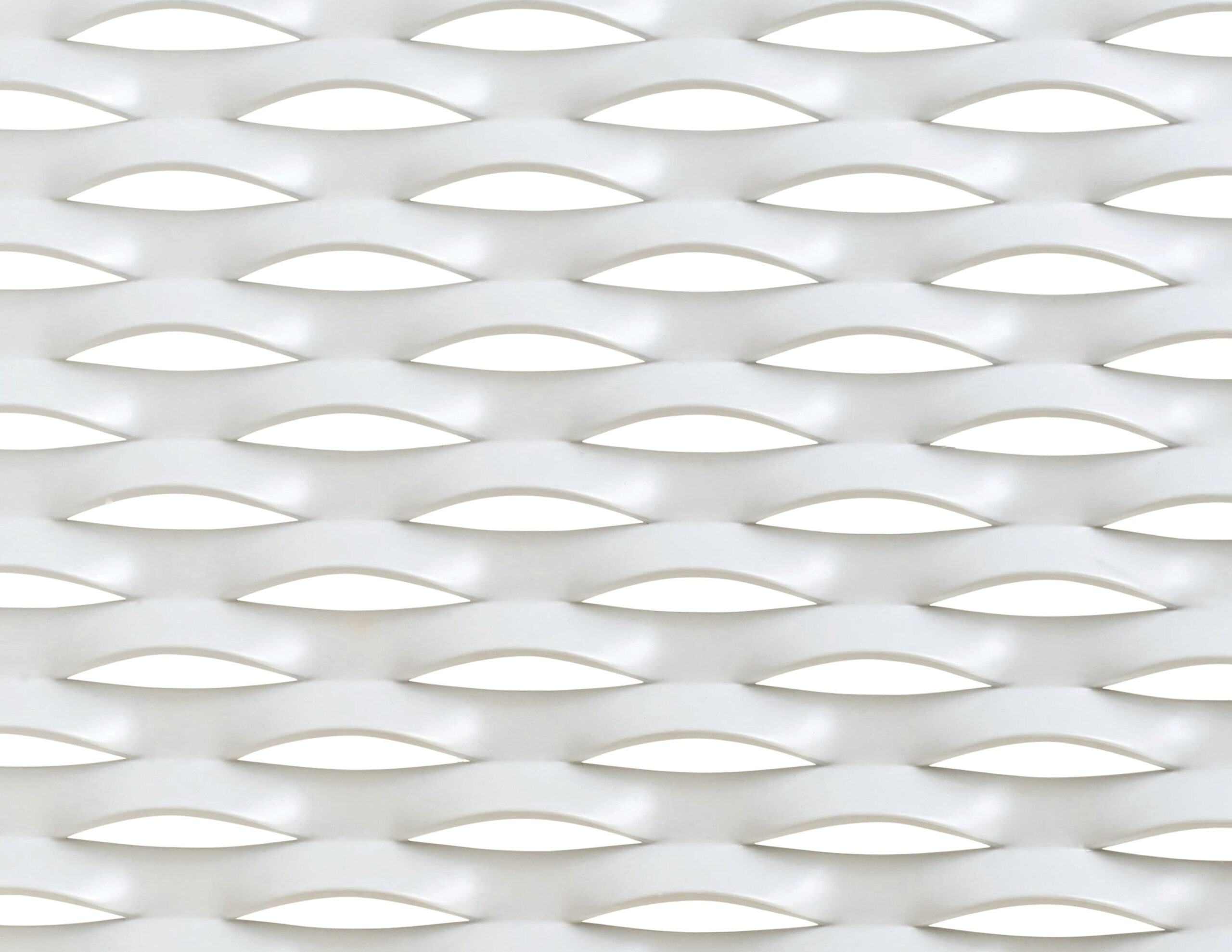
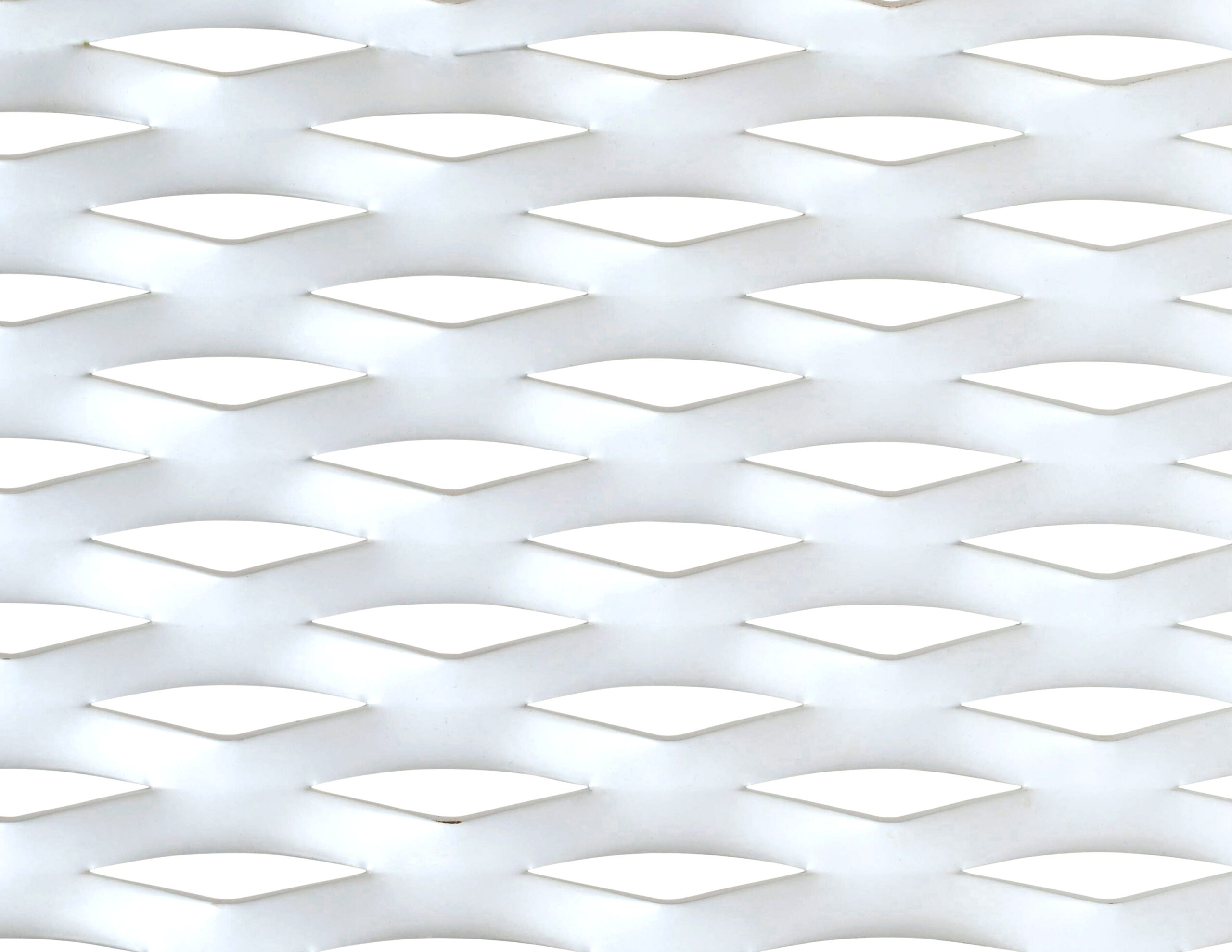
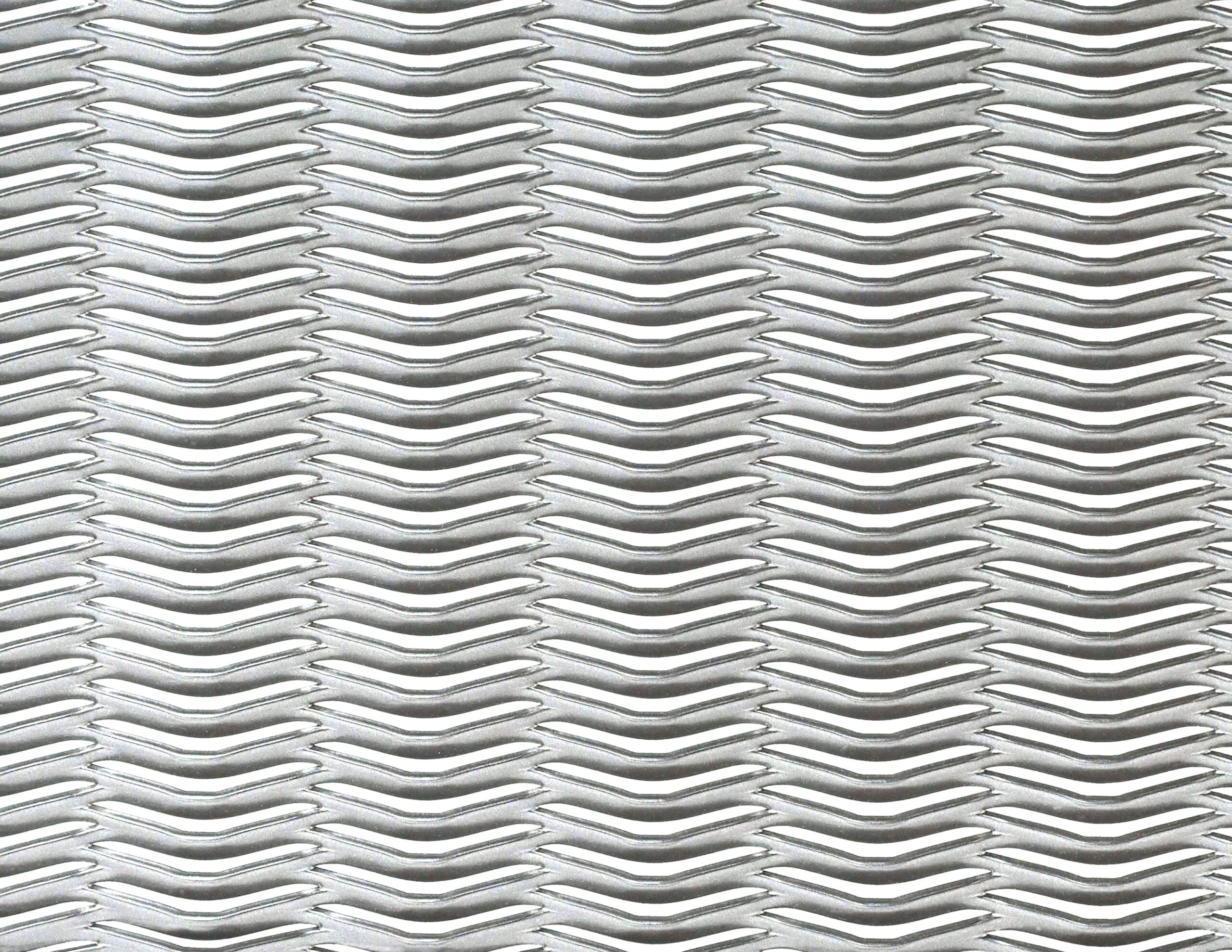
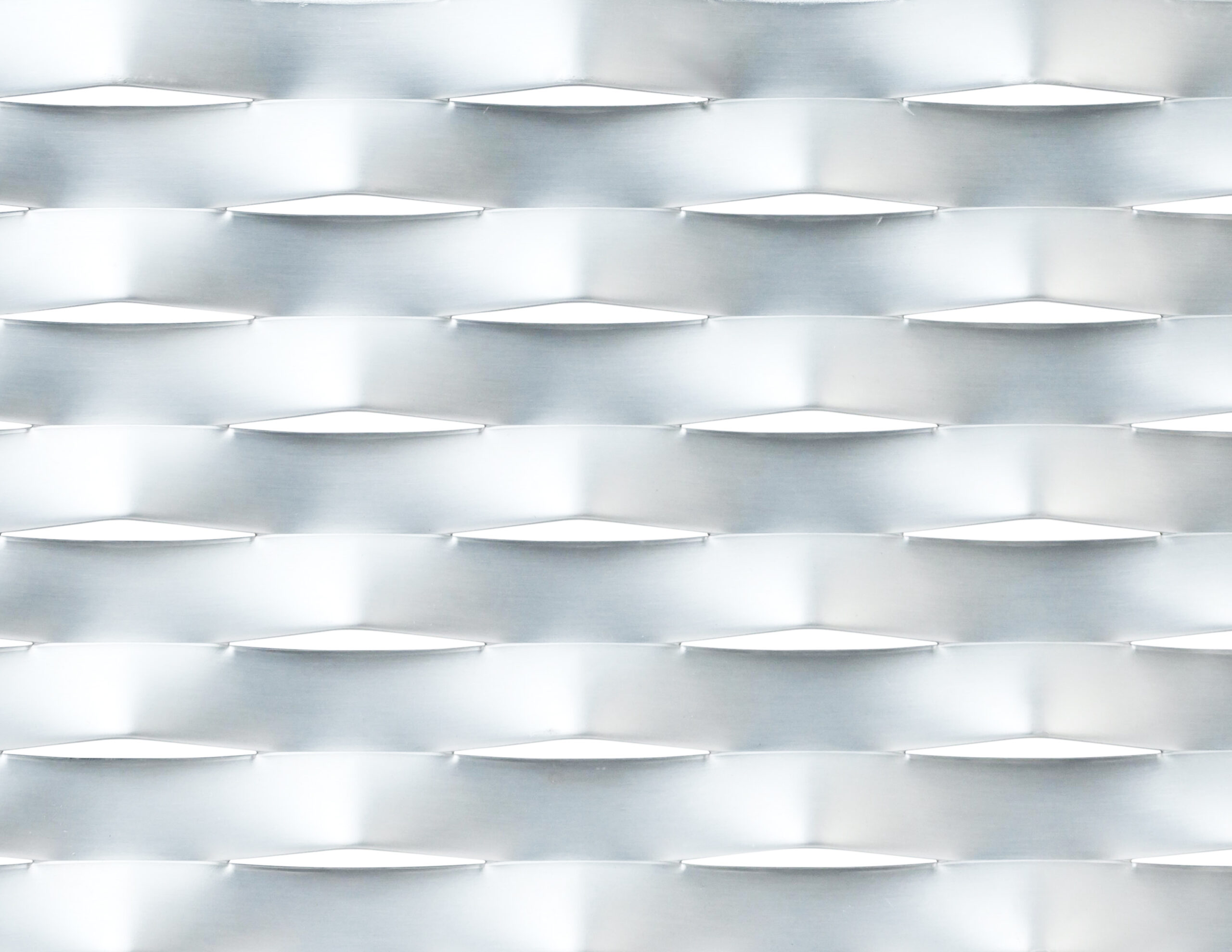
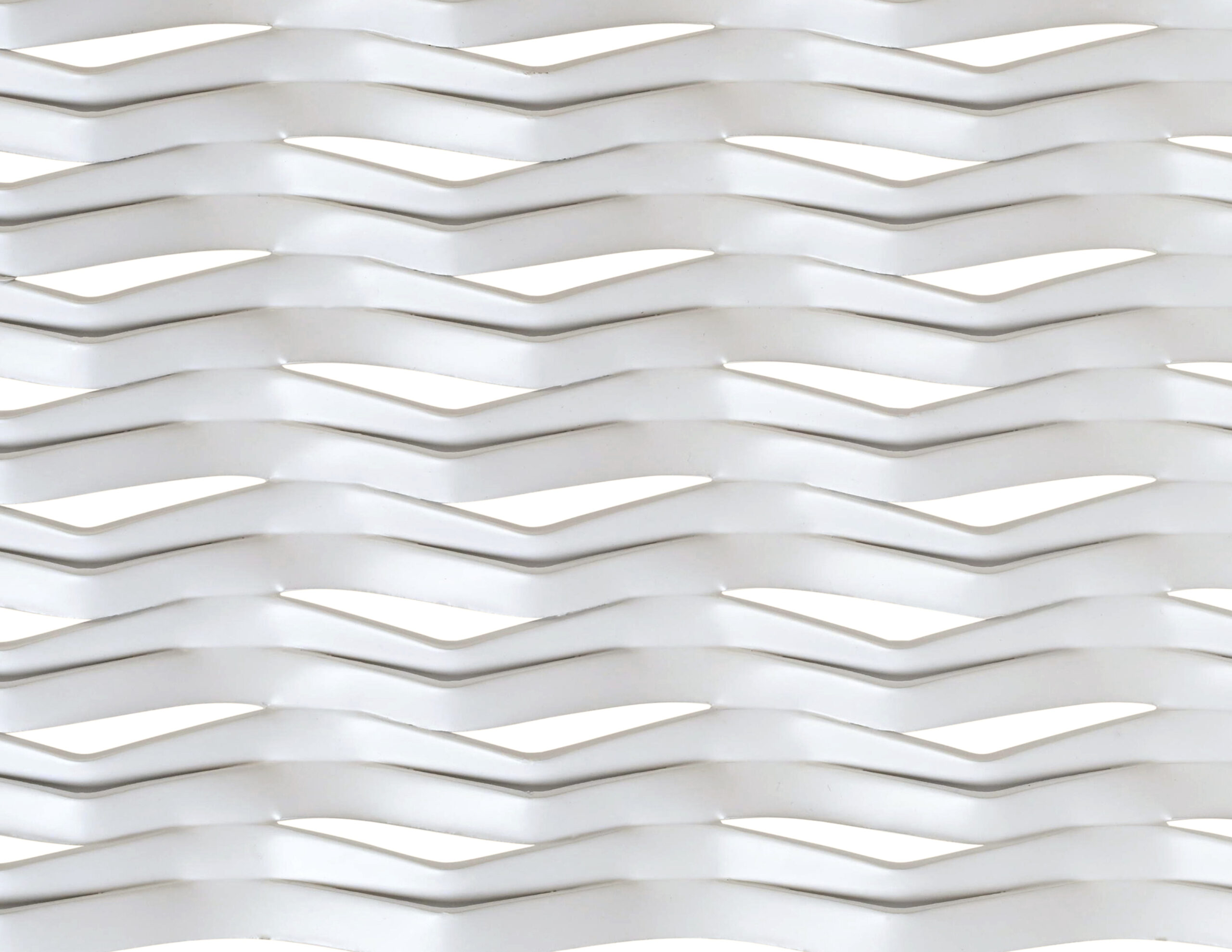
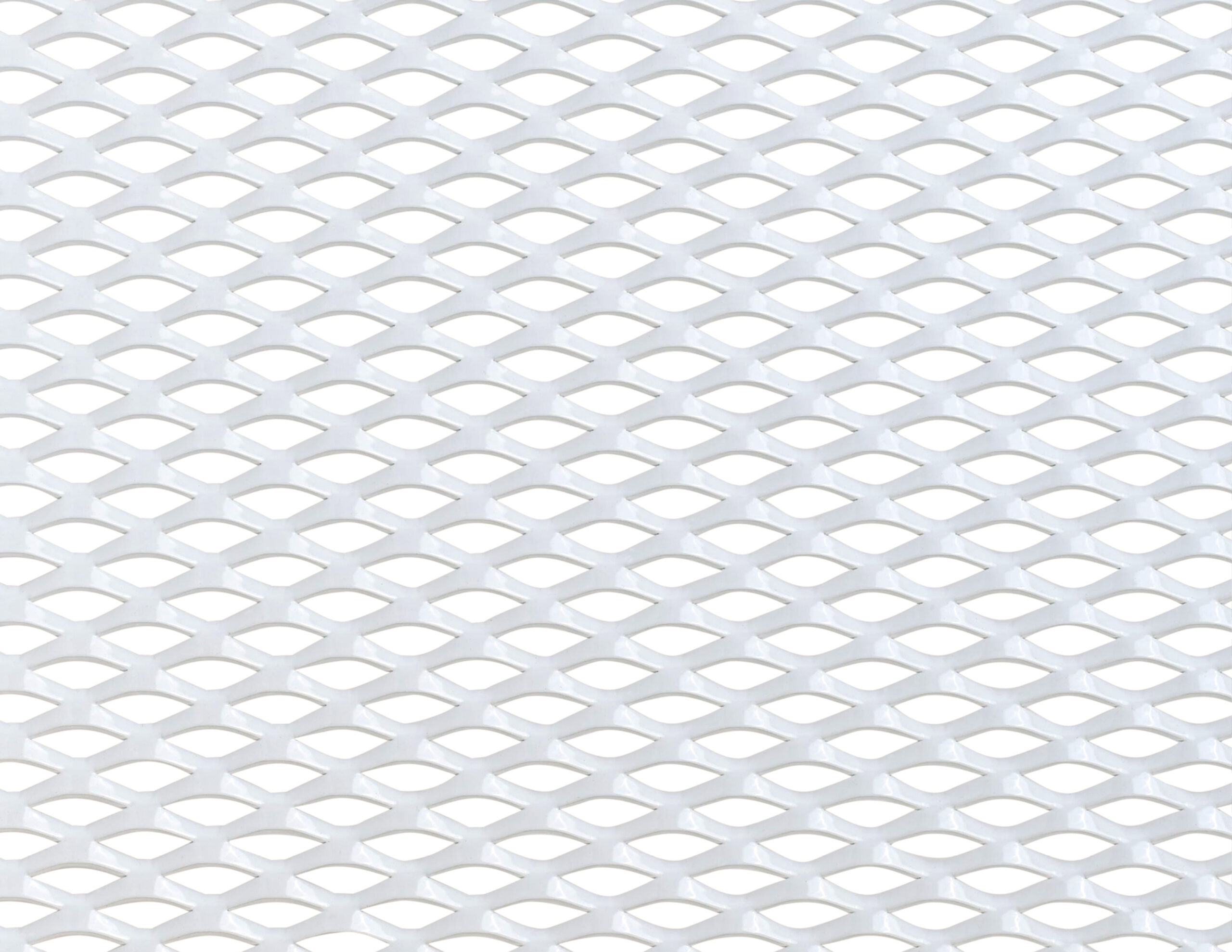
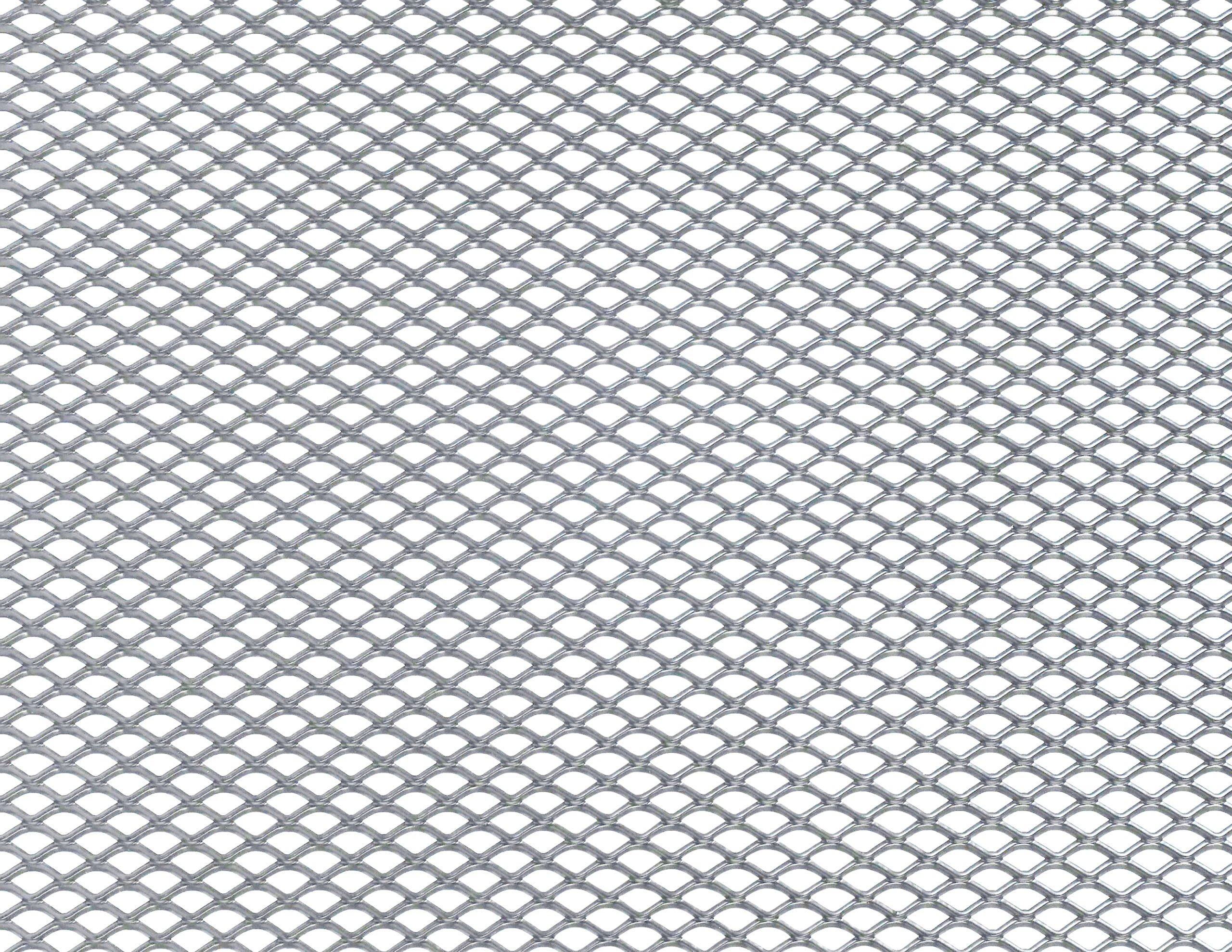
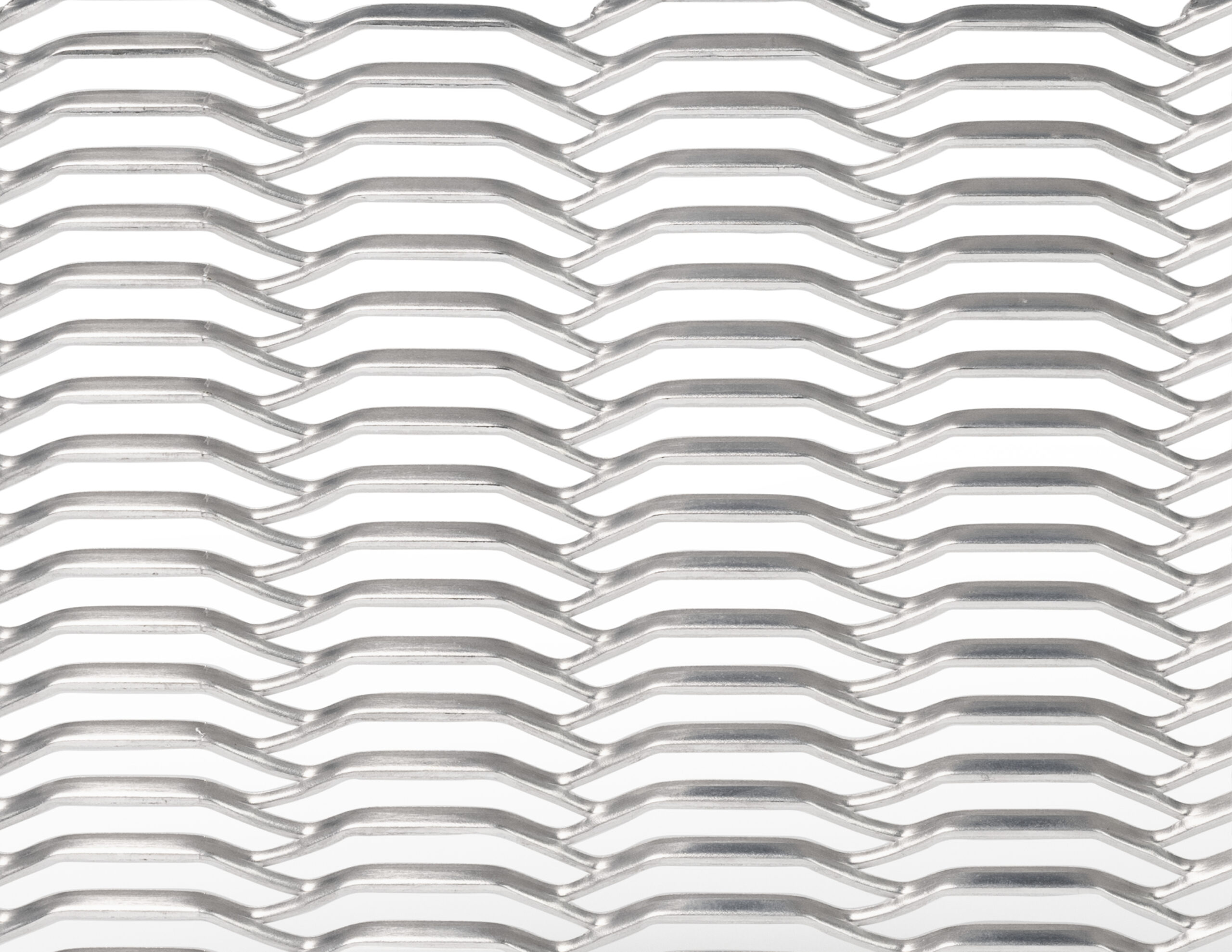
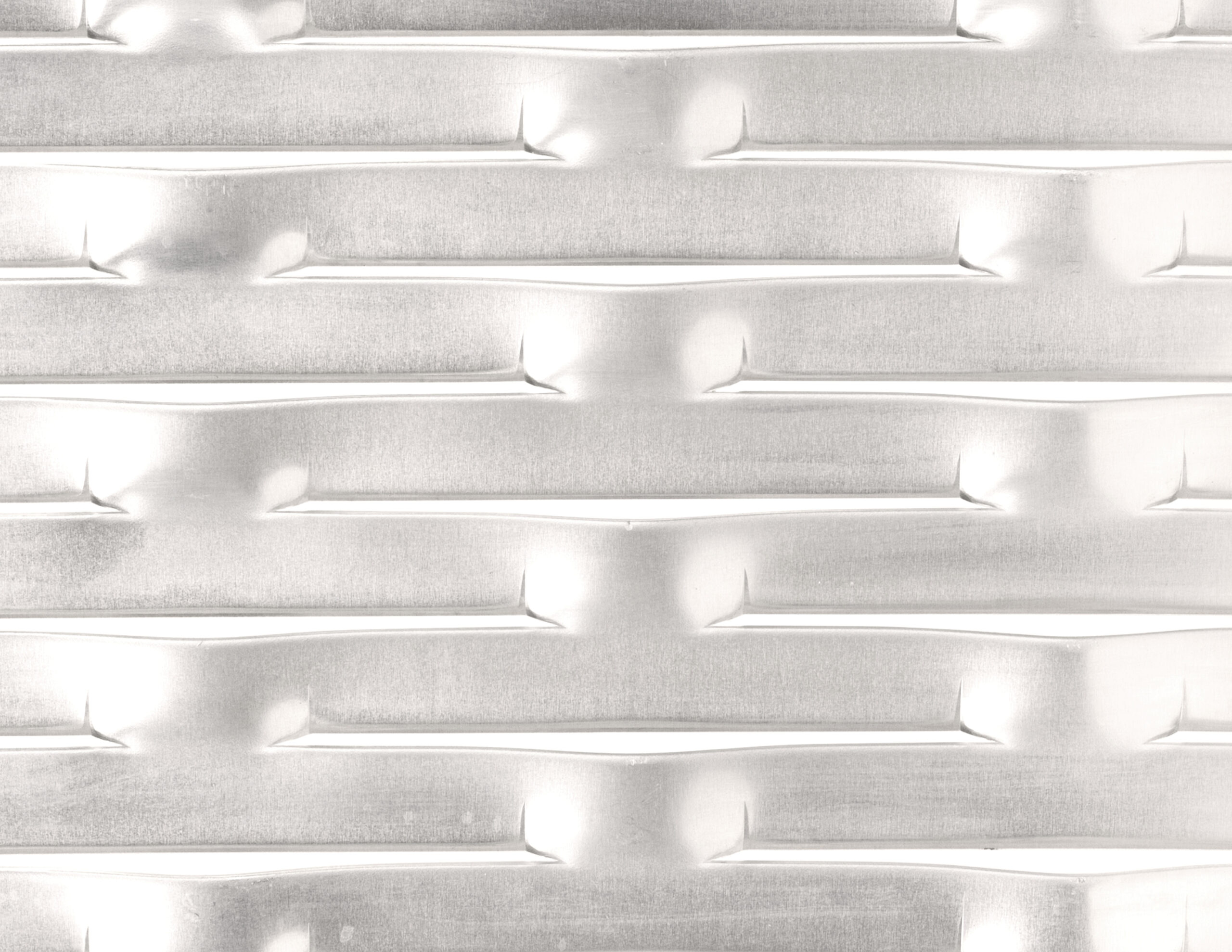


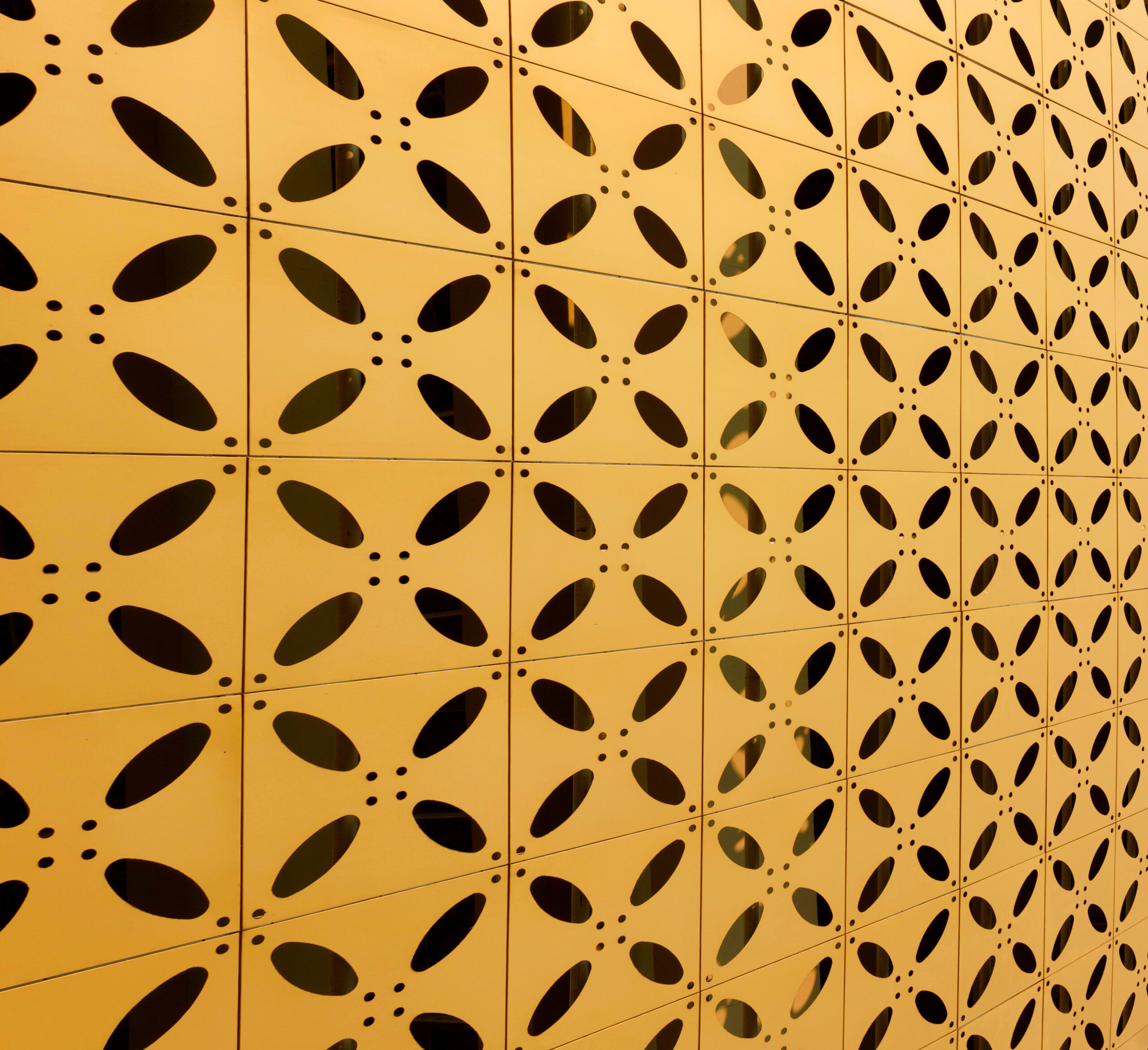
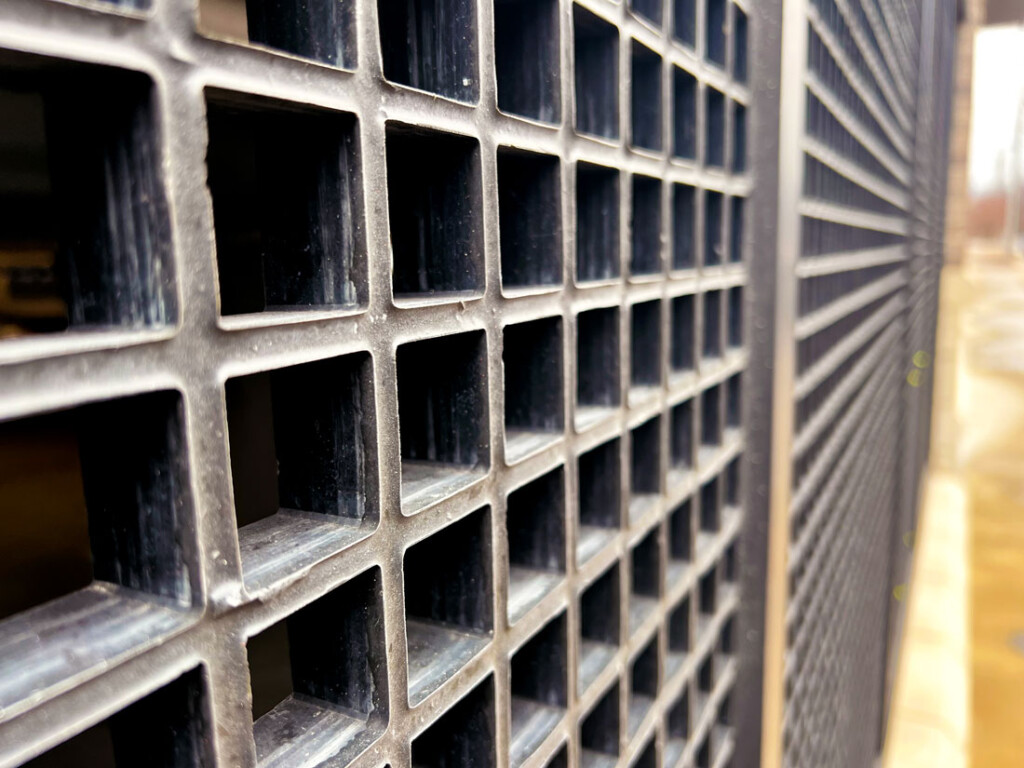
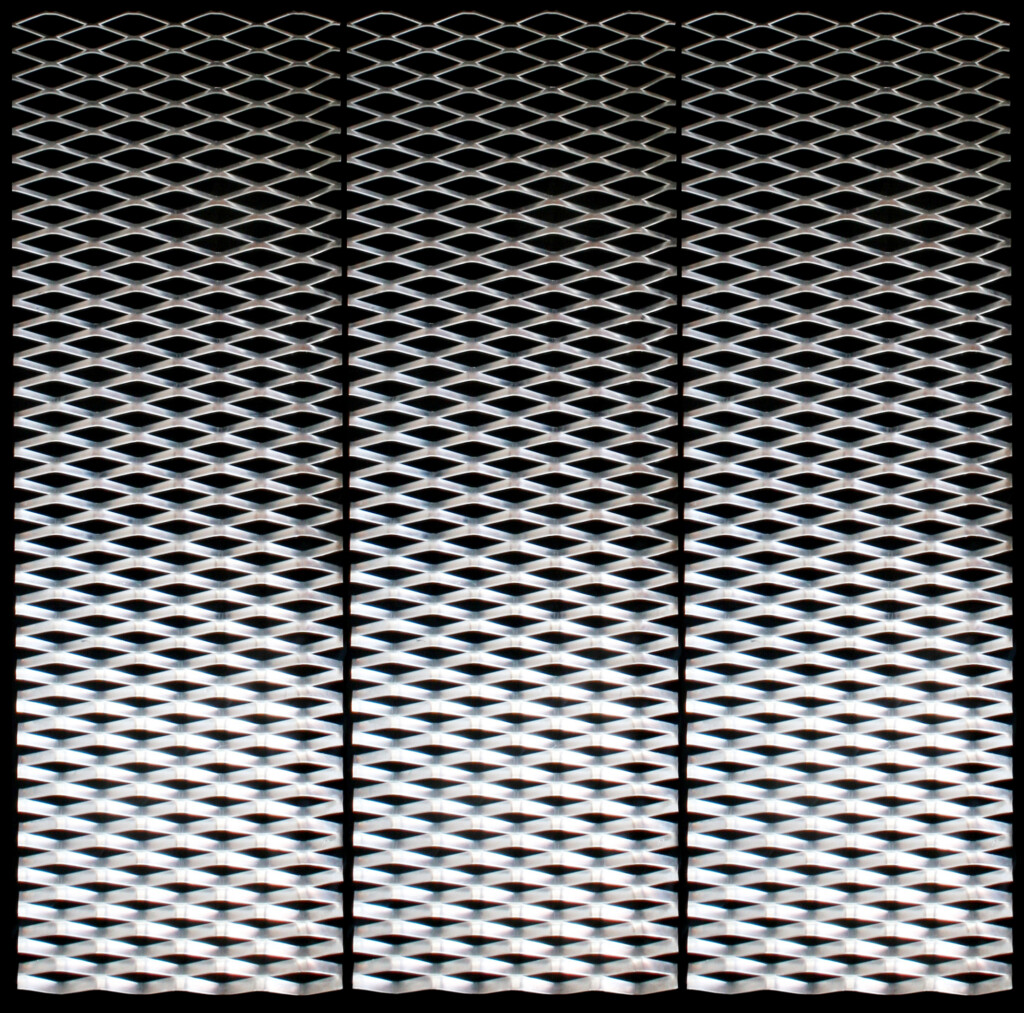
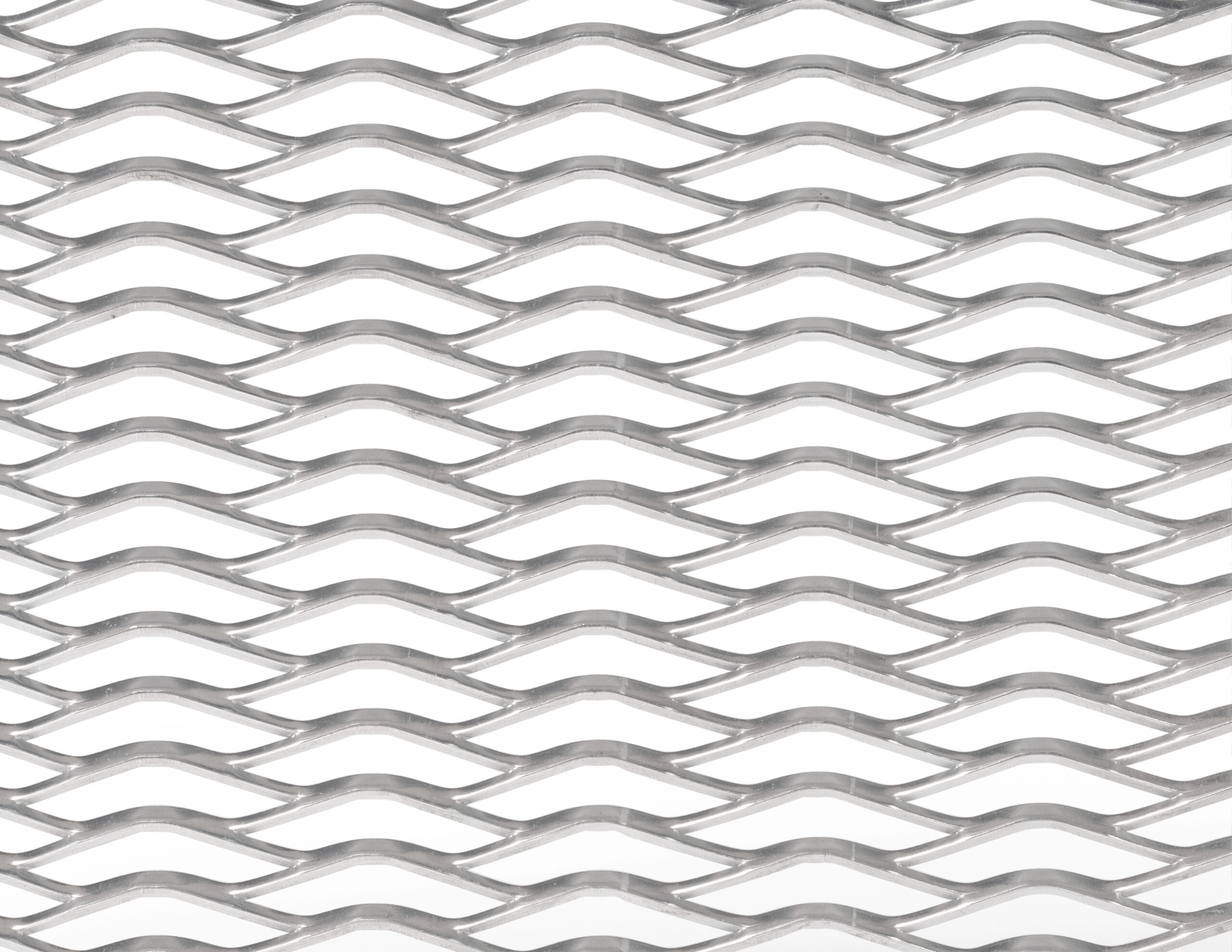

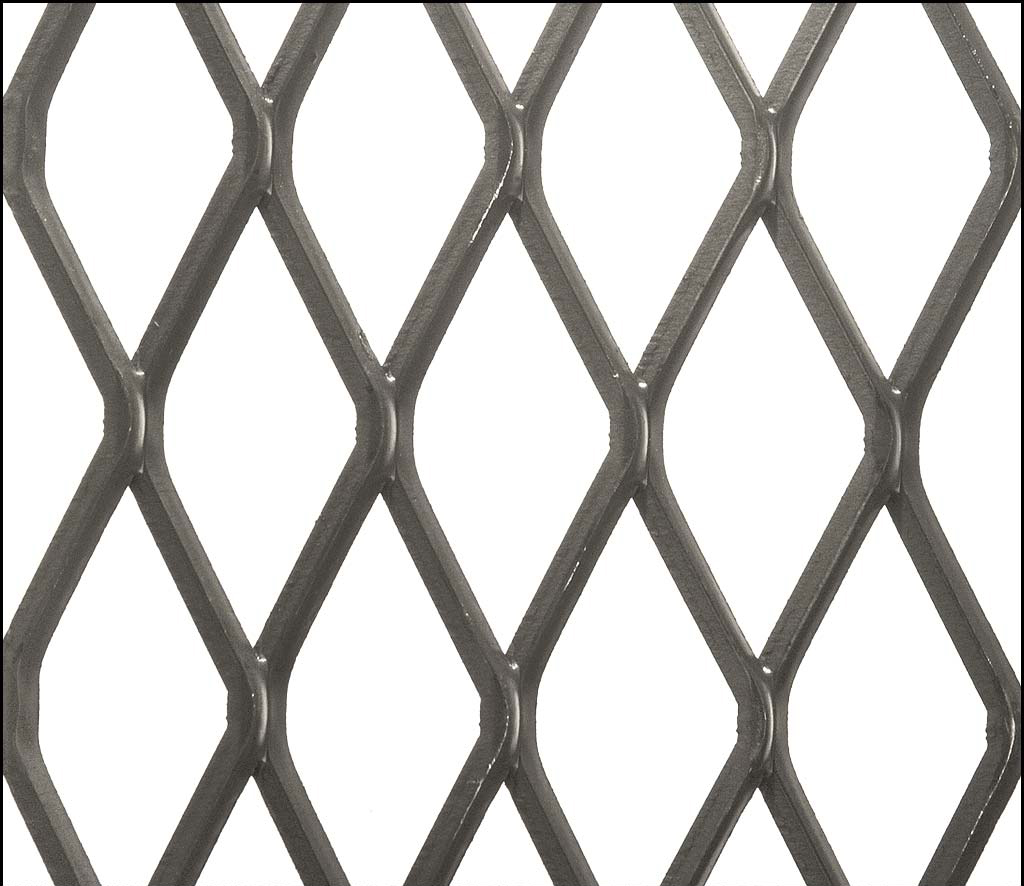
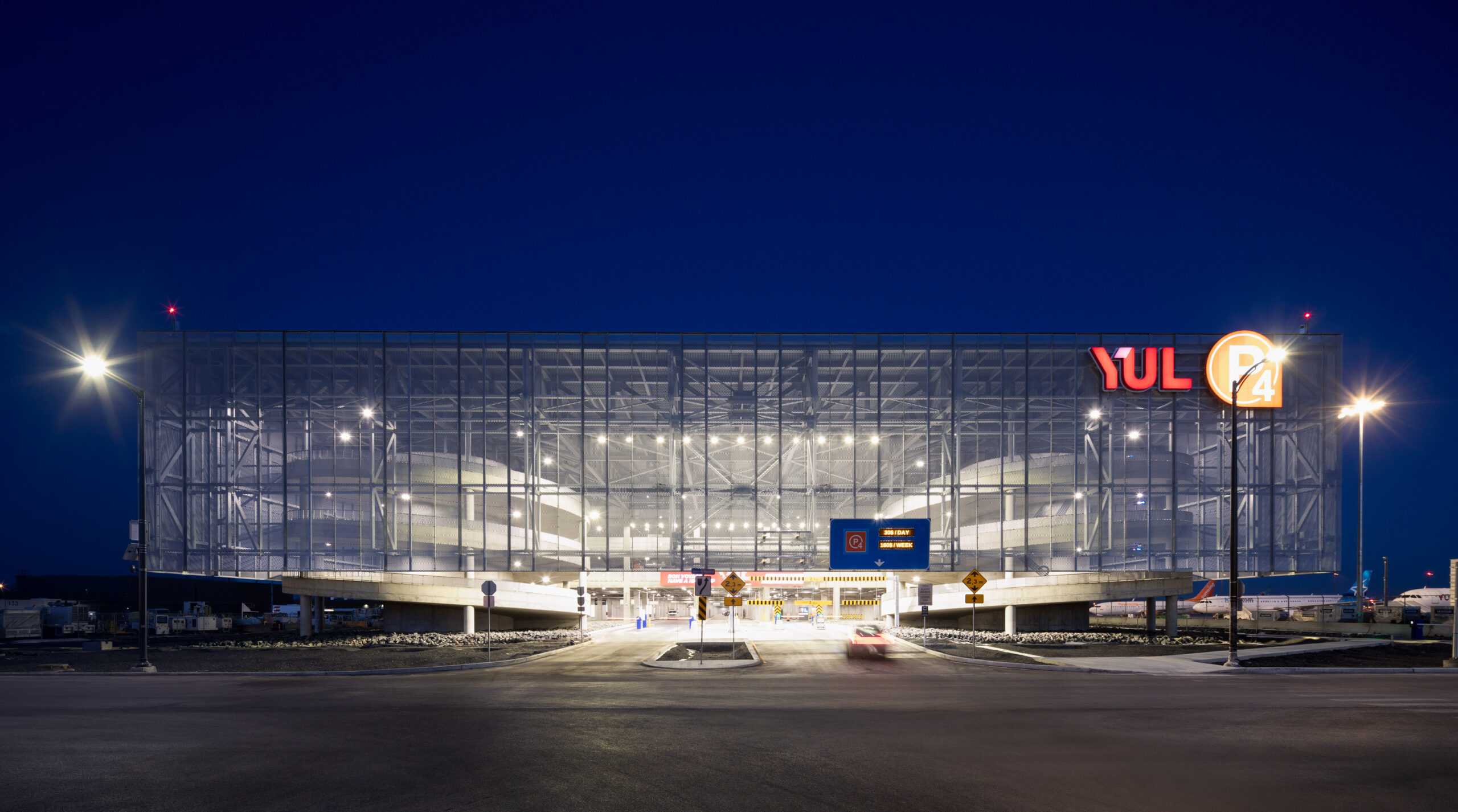
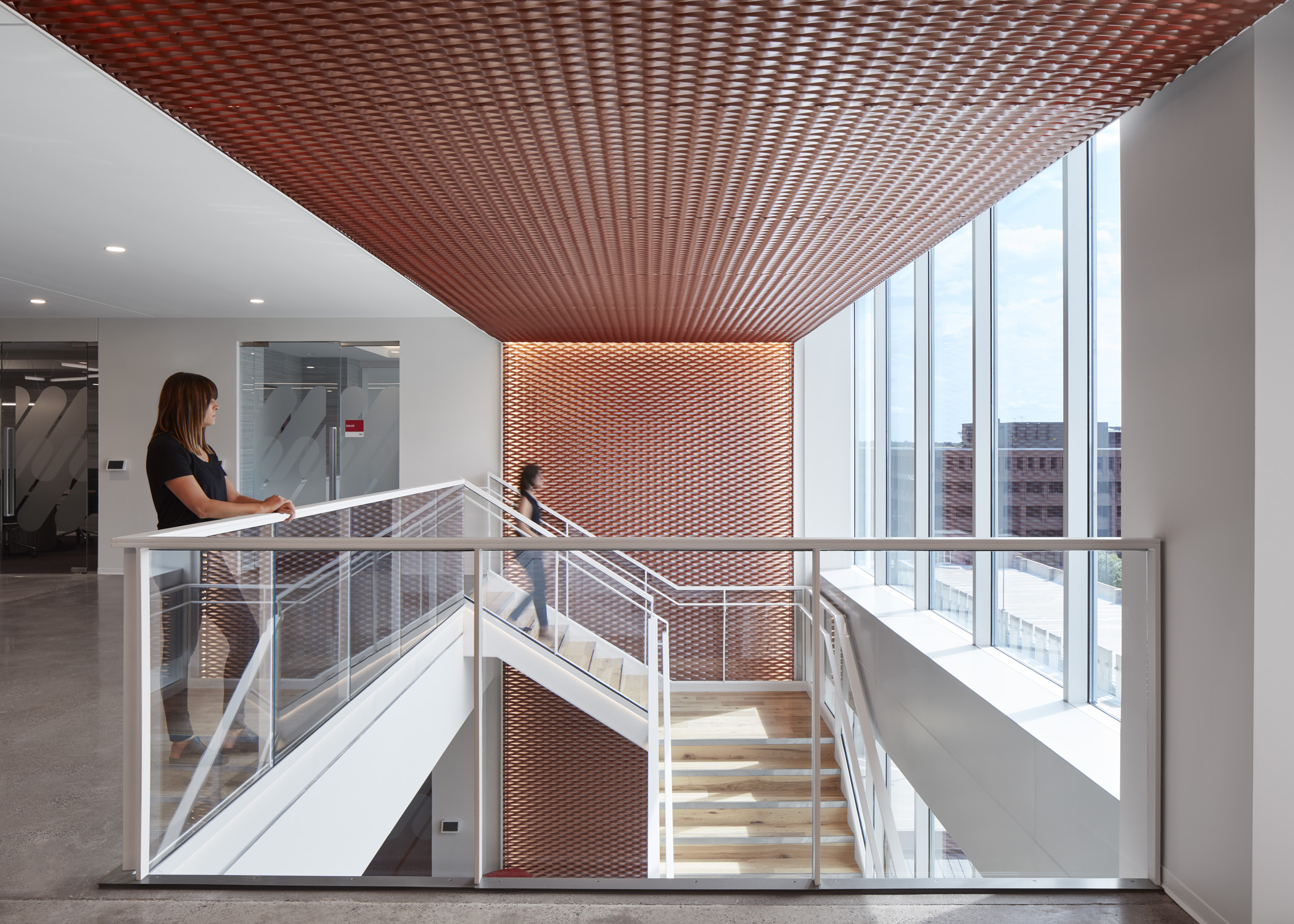
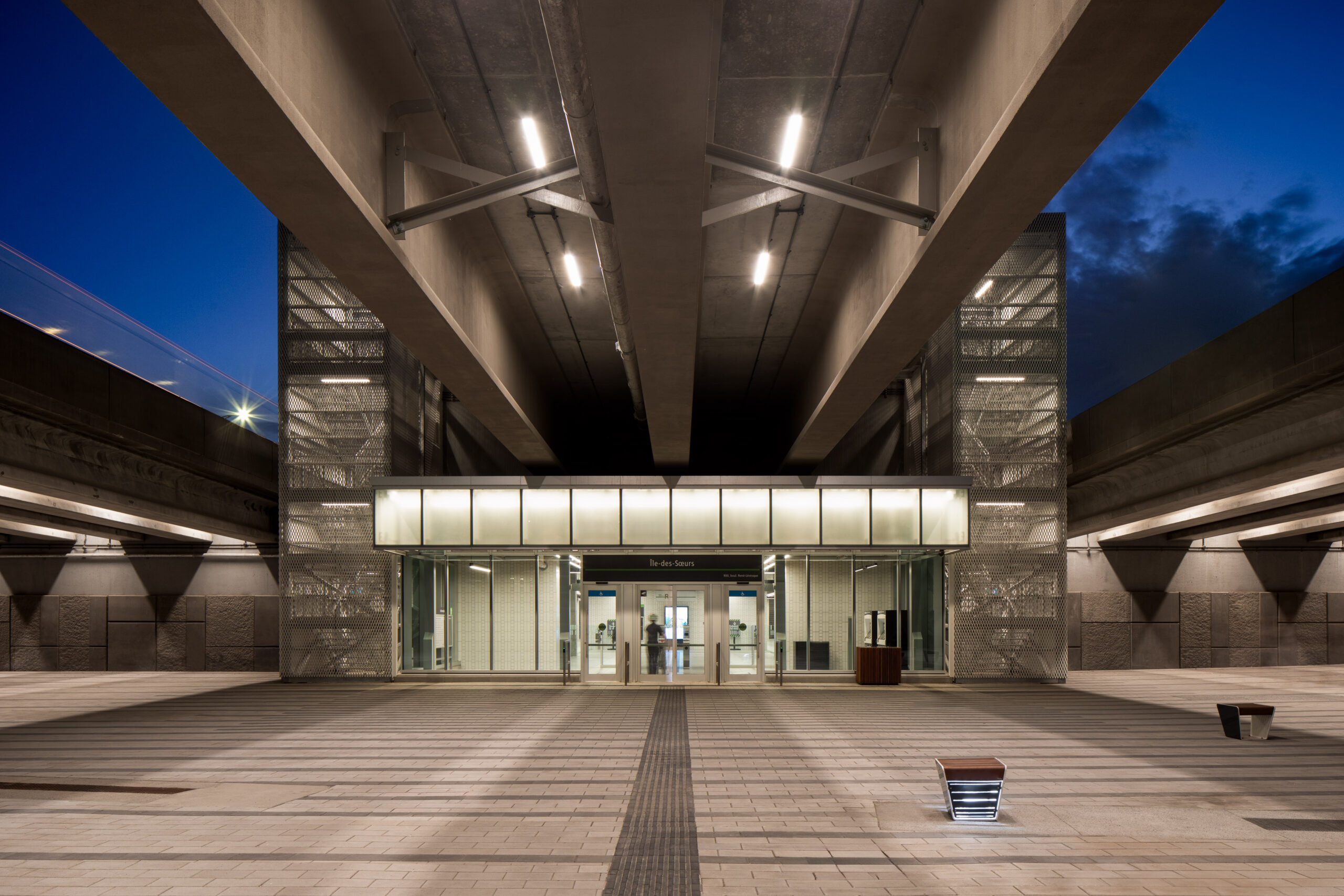
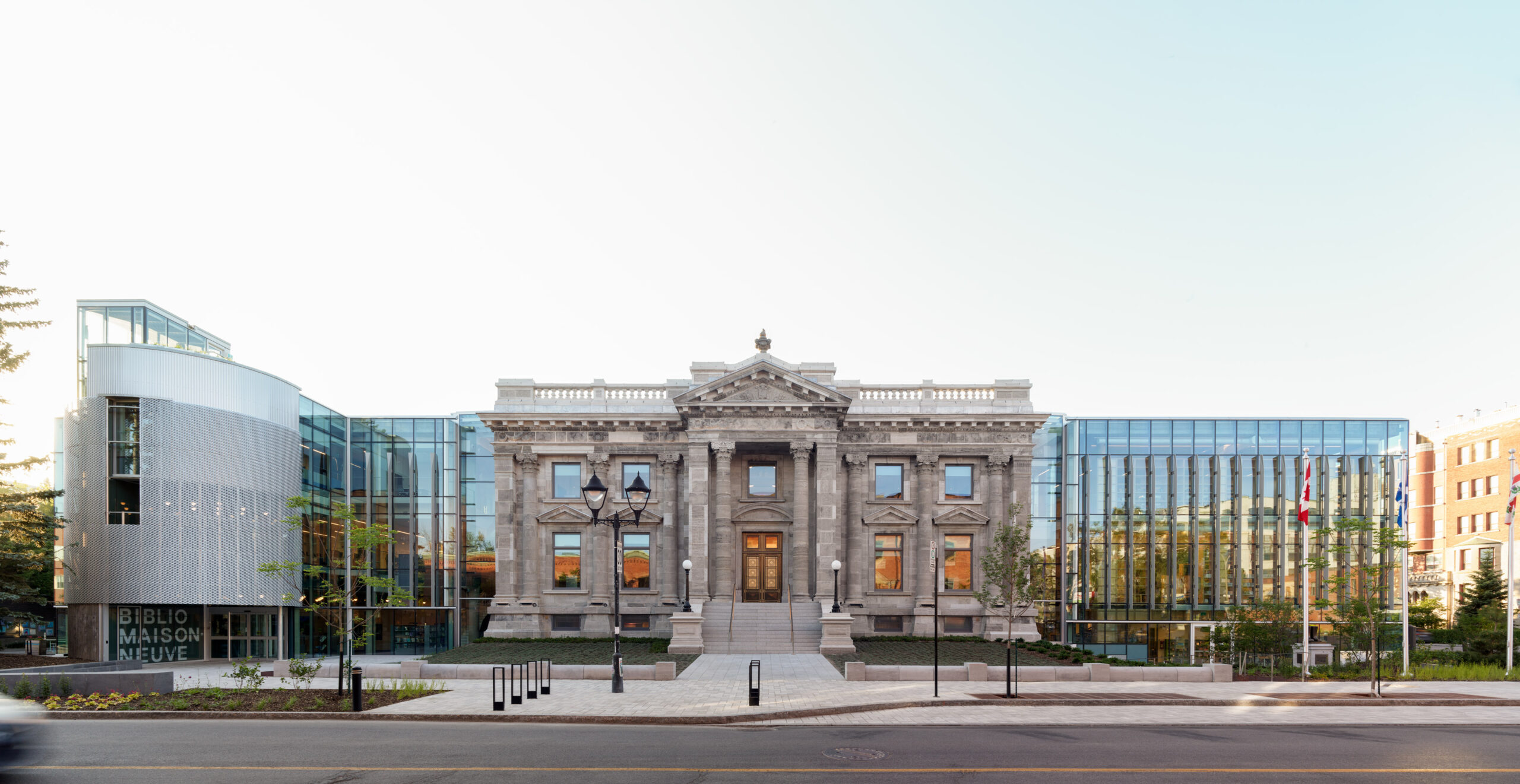








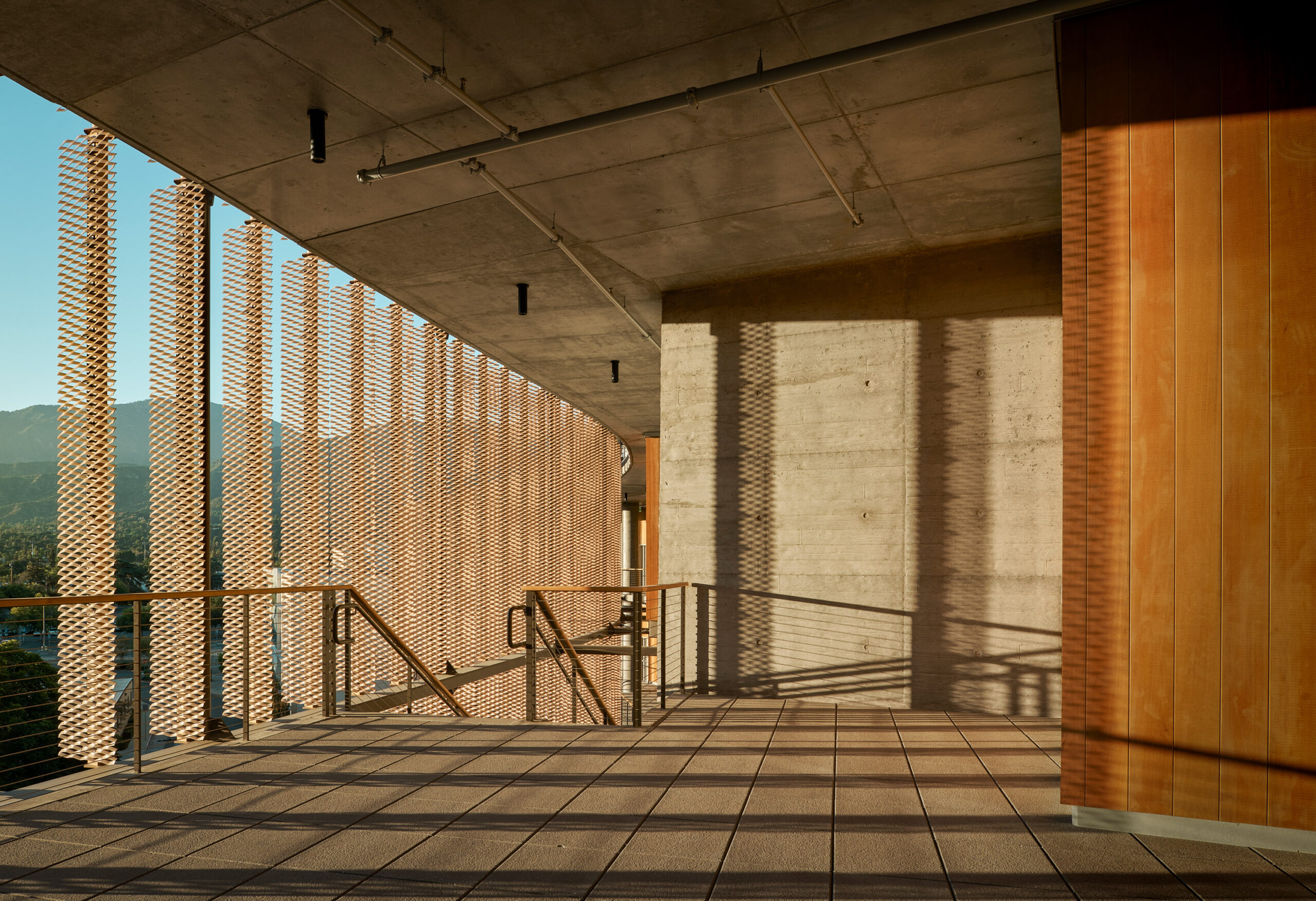
Leave a Reply